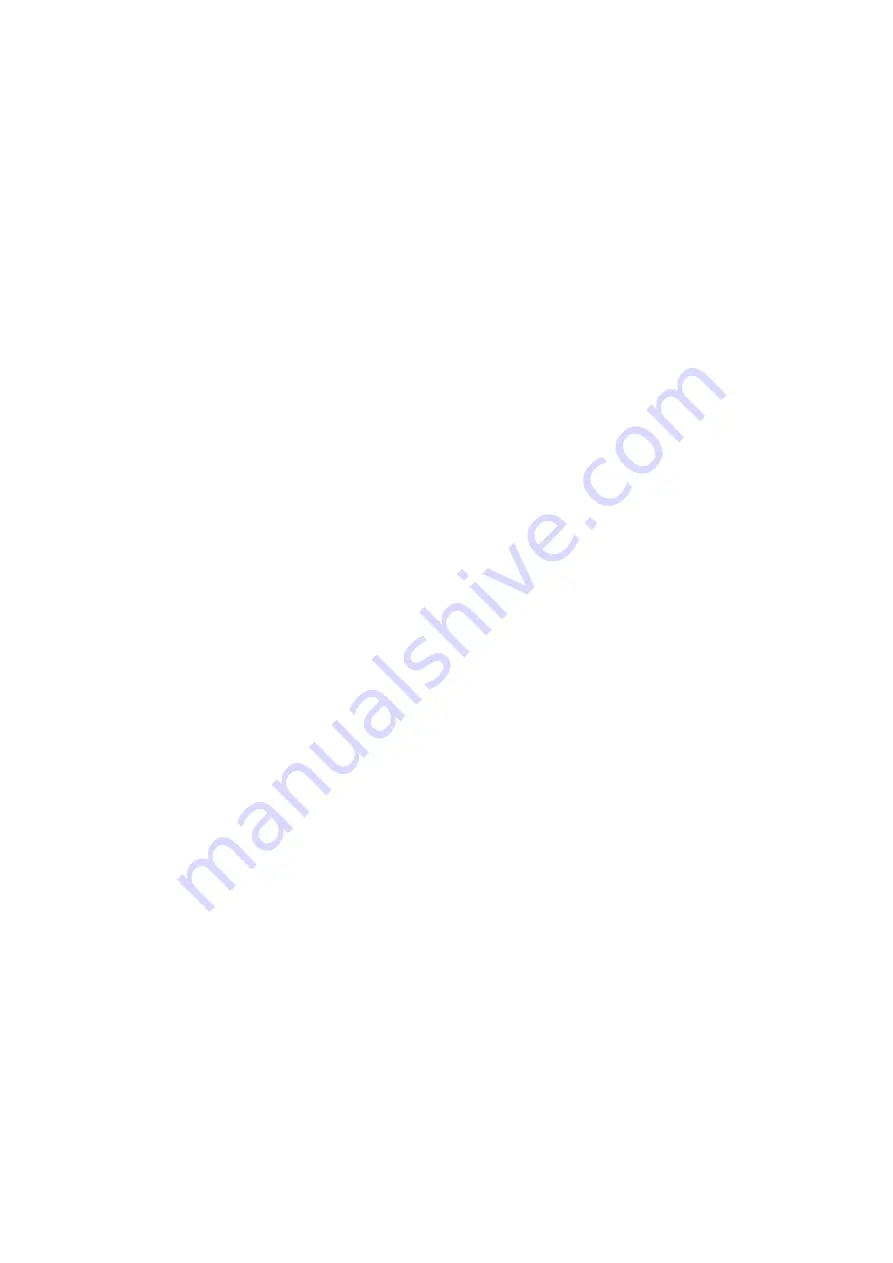
6
Sound and possible applications
This section is written from the point of view of a musician using the unit. It comprises a set of notes based
on my own experience of this unit and a similar distortion box which Theo designed for me some months
ago, and discussions with other musicians on AAE’s client list.
Triode vs Pentode amplification
Triode amplification and distortion sound subjectively warmer and more transparent, and to me more
“natural”, than pentode.
If you want a smooth fattening of a sound, my starting point would be triode mode. If, however, you want a
harsher, more brutal effect, hard pentode distortion can sound extremely aggressive and brittle.
Adding “valve warmth” to digital sound
I personally think that simply passing a signal from a digital source (like a PC soundcard or a digital synth or
sampler) through AAE valve circuitry makes it sound warmer, thicker, and plummier. Even the
original
signal
passes through some valve circuitry, and I will often record digitally generated sound through my own AAE
box without any distortion to add subjective warmth to recordings.
I imagine that this effect would well work across the board: with vocals, acoustic instruments, analogue and
digital synths, and whole mixes. Currently, valve mixers are selling for many thousands of pounds because
producers want to introduce “valve warmth” to their recordings. I believe AAE products do this very well
indeed.
Gentle distortion
Another way I commonly use my own AAE distort box is to send a moderate signal into it, turn the
master
drive knob to about 15%, and switch the
input gain
to further attenuate the input. This lets through a fairly
clean sound, with just a hint of distortion on peak signals.
I then mix this gently distorted signal with some of the original. This effect adds warmth and a little sustain to
signals. Very good with synth drones, pads and ambiences, but I’d recommend investigating with all kinds of
signal: with the right settings, you can make effects in which distortion harmonics fade in and out gradually,
adding (I think) very beautiful movement to pads and atmospheres.
Hard distortion
Higher
master drive
settings will create harder, harsher distortions (remember to turn down the
amplifier
and,
if necessary, the
master out
knobs to compensate). As mentioned before,
pentode
amplification/distortion
mode gives an even more abrasive sound.
Don’t be surprised if bassy originals sound thinner when severely distorted: hard distortion introduces a large
amount of extra high-frequency sound, which will drown out some bass.
I know of another AAE user who processes sounds through a heavily distorting AAE box, and mixes just a
tiny amount of the distorted signal with the clean original. This hint of extreme distortion has the effect of
adding “sparkle” to the sound, and the effect is different to adding a lot of mild distortion.
Similarly, in the past I’ve created ultra-distorted drones and mixed them into my music very, very low so that,
even though the sound itself is shattered and caustic, the overall effect can be quite delicate and beautiful.
But I’ve also played with harsh pentode distortion on percussive sounds – and that can sound amazing.
A few notes on distortion from a non-technical musician
Distortion works by introducing extra harmonics/overtones into an audio signal.
If you feed a very harmonically pure signal into the unit – like a single plucked guitar string, or a sine wave
from a synth – you’ll hear a very pure kind of distorted result. It won’t sound crackly, just brighter and
sharper. An obvious example that springs to mind is the guitar riff at the start of the Guns ‘n’ Roses track
“Sweet Child of Mine”: although it’s very, very distorted, the guitar sound is very clean – because the
arpeggio the guitarist’s playing consists of one note at a time.


























